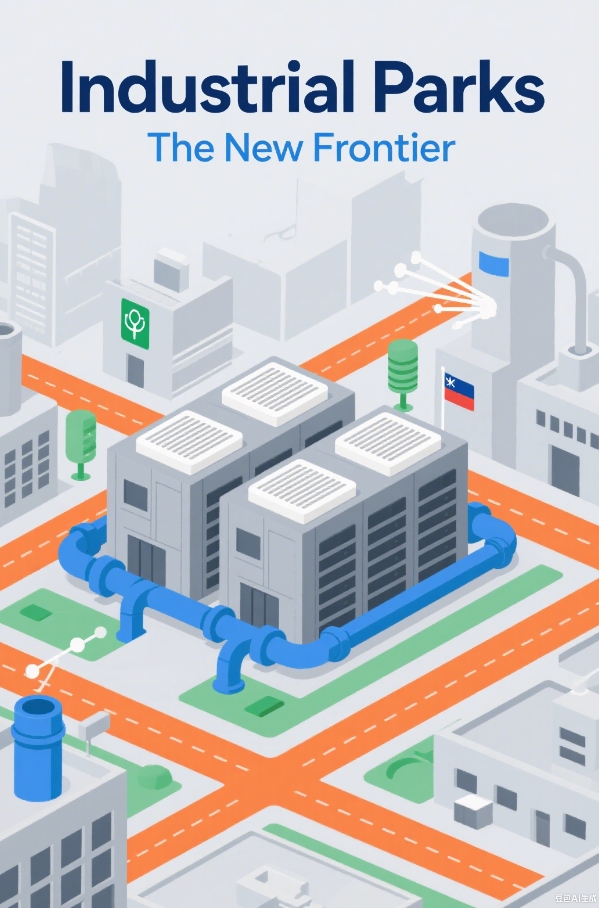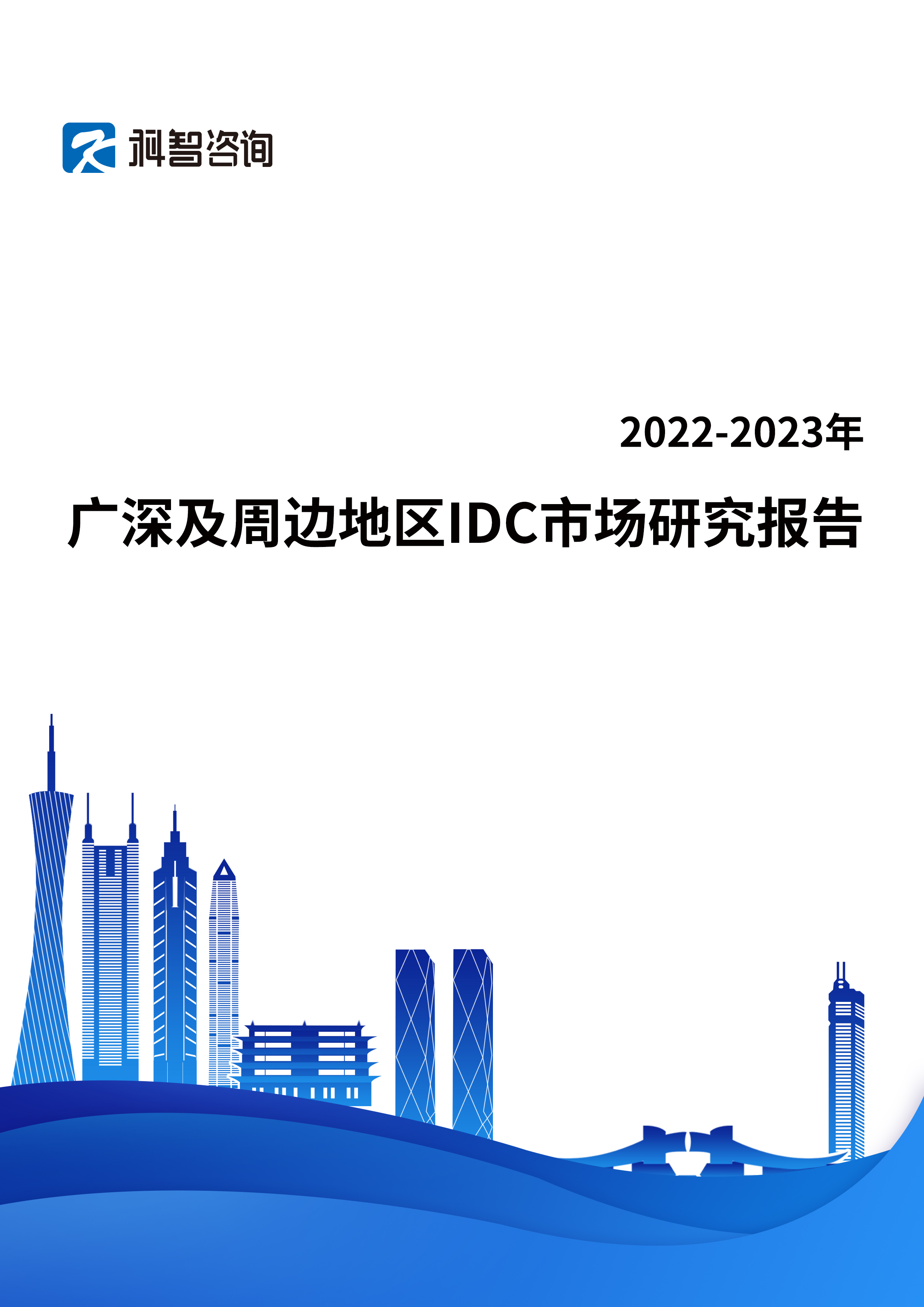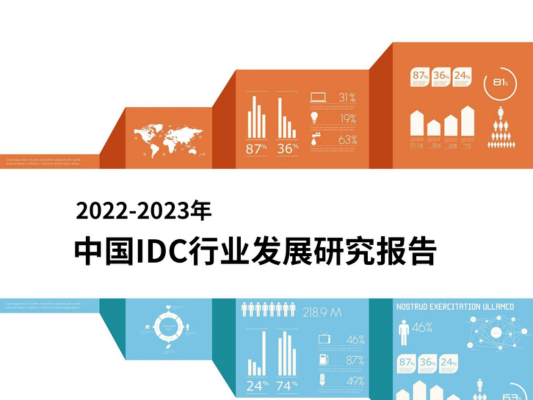Industrial Parks Are Powering the Next Wave of Data Centers
In 2025, the landscape of data center development is undergoing a significant transformation. Industrial parks, once synonymous with factories, logistics hubs, and warehouses, are now becoming the preferred choice for hyperscale data center deployments. These expansive sites offer more than just land—they bring together a unique combination of industrial-grade power infrastructure, transportation networks, and fiber connectivity, making them perfectly suited for modern digital infrastructure.
With urban markets like Silicon Valley, London, and Singapore facing rising land costs, grid constraints, and zoning limitations, industrial parks are emerging as a scalable and sustainable alternative. They provide a blank canvas for developers to build AI-ready, energy-efficient campuses capable of supporting the next wave of cloud and edge computing. Industrial parks are no longer the periphery of technology development—they are becoming its core.
Why Industrial Parks? Strategic Advantages Driving Growth
Scalable Land Parcels at Lower Cost
Industrial parks unlock large, contiguous land opportunities that are increasingly rare in urban areas. Their advantages include:
Parcels ranging from 50 to 500+ acres, accommodating entire data center campuses and future expansions.
Land costs often 30-50% lower than comparable parcels in metro data center hubs.
Zoning designed for industrial-scale power generation, cooling plants, and emissions management.
This scale allows developers to design multi-phase deployments, supporting everything from hyperscale AI training clusters to colocation services for regional enterprises. Developers are no longer constrained by tight urban footprints but instead can design for the next decade of growth.
Power and Infrastructure Readiness
Industrial parks were originally built to support heavy industries like steel, automotive, and chemicals—sectors with enormous power requirements. This legacy infrastructure gives data center developers a head start:
Substations and transmission lines capable of supporting hundreds of megawatts of load.
Existing energy corridors that simplify interconnection and reduce regulatory hurdles.
Water and cooling resources designed for industrial-scale operations.
Developers leveraging these existing assets can accelerate construction timelines and reduce capital expenditures compared to greenfield builds.
Fiber and Logistics Connectivity
Industrial parks are strategically positioned within regional logistics ecosystems. Their advantages include:
Proximity to national fiber backbones and internet exchanges, ensuring low-latency connectivity.
Access to major transportation arteries—including railroads, highways, and airports—facilitating rapid delivery of equipment and components.
Close ties to manufacturing and logistics firms generating edge computing workloads, making these parks ideal for future edge data centers.
These factors position industrial parks as hubs not just for core hyperscale compute, but also for latency-sensitive edge deployments.
Global Markets Leading the Industrial Park Shift
United States: Midwest and Texas
The U.S. is seeing a rapid shift to industrial parks in:
Chicago, Columbus, and Kansas City—where old manufacturing zones are being transformed into AI and cloud campuses.
Dallas-Fort Worth—where new industrial developments are being designed with hyperscale power and fiber in mind.
Texas’ deregulated energy market and Midwest’s low land costs make them attractive regions for scalable builds.
Europe: Frankfurt Periphery and Madrid
Frankfurt’s core faces severe power constraints, driving developers to Offenbach, Hanau, and Wiesbaden industrial zones.
Madrid is leveraging its industrial corridors in the north and east to attract new data center investments, powered by Spain’s liberal energy policies and renewable energy projects.
These regions offer proximity to major cloud regions while avoiding the grid congestion of city centers.
Asia-Pacific: Johor and Batam
With Singapore facing power caps, neighboring industrial parks in Johor (Malaysia) and Batam (Indonesia) are emerging as regional data center hubs:
Government-backed incentives accelerate permitting.
New subsea cable routes improve connectivity.
Ample land and energy availability provide room for long-term expansion.
Challenges of Industrial Park Data Center Development
Grid Interconnect Delays
Despite having existing infrastructure, industrial park developments still face:
Lengthy interconnect approval processes with regional utilities.
Competition for capacity as other industries electrify and grid demand spikes.
Regional transmission upgrades that may lag behind hyperscale growth forecasts.
Environmental Permitting
Large-scale data center builds trigger:
Comprehensive Environmental Impact Assessments (EIAs), particularly in areas with sensitive ecosystems.
Scrutiny of water usage for cooling, pushing developers toward liquid loop and closed-loop cooling solutions.
Community engagement processes to address concerns over land use changes and emissions.
Workforce and Talent Gaps
Industrial zones often lack the skilled labor pools found in tech hubs. Developers must:
Invest in workforce development, training local electricians, engineers, and technicians.
Partner with technical schools and universities to build talent pipelines.
Relocate or attract specialized talent to rural and suburban regions.
Industrial Parks Are the Future of Scalable Data Center Development
Industrial parks represent a seismic shift in how and where data centers are built. They combine the land, power, and connectivity needed to support the explosive growth of AI, hyperscale cloud, and edge computing. As traditional urban data center markets become saturated and sustainability pressures mount, industrial parks provide a viable path forward—one that is scalable, sustainable, and aligned with global digital transformation goals.
Developers who recognize this shift and invest in industrial park developments will be positioned to serve the next generation of digital workloads. Those who remain anchored in urban cores will increasingly face grid constraints, zoning hurdles, and scalability challenges.
The next era of data center growth won’t be built in city centers—it will rise from the industrial heartlands of the world.








